What is VLT? Visible Light Transmission Explained
What is VLT? Visible Light Transmission Explained
The amount of light a goggle lens allows to pass through is called Visible Light Transmission (VLT).
VLT is expressed as a percentage of light allowed through the lens falling between 0% and 100%. The lower the VLT percentage, the darker the lens will be. The higher the VLT percentage, the lighter (or more transparent) the lens will be. The biggest takeaway from this, is to understand that a high VLT lens is great for low-light conditions, while a low VLT lens is better for sunny bluebird days.
This guide will cover the following:
- What is Visible Light Transmission?
- Lens Tint Offerings
- Filter Categories
- Anon's Lens Tint Categories
- Choosing between Sunny, Cloudy, and Variable lenses
- How is Visible Light Transmission measured?
- Perceive Polarized Sunglass Lenses
Why is this important for skiing and snowboarding?
Choosing the right lens can make or break your day on the hill. Having the correct lens handy can make all the difference, and often dictate whether you're going to call it quits early, or be able to spend the day on the mountain without an issue. While lenses come in various colors that may pose great style and looks, the colors are related to Visible Light Transmission (VLT), and are specifically designed to enhance visibility based on the varying weather patterns and outside lighting conditions.
To get started, all of this information is specifically for polycarbonate goggle lenses used for skiing and snowboarding. Another important note is that all lenses are 100% UV protected regardless of the VLT percentage, which we'll explore below.
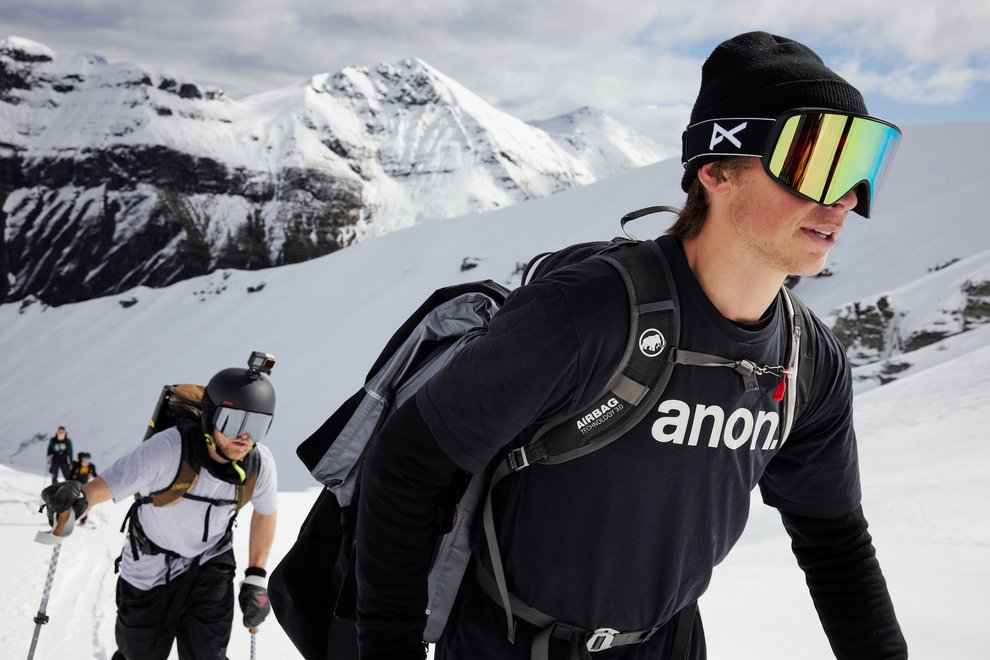
VLT Category Groupings
As you begin to look at VLT percentages, there are five categories that range from 4 to 0, which will often be accompanied by an S, indicating that this lens tint is for on-snow use. To make sense of these categories, 4 is the darkest lens tint rating, while 0 is the lightest. For example, a Sunny Onyx Perceive lens has a rating of 6% VLT, which is our darkest lens, falling in the S4 category. You'll notice this while exploring lens options as S4 VLT 6%.
Check out the filter, category, and usage chart below to view VLT ranges, grouped by categories.
Filter Category | VLT% | Usage
S0 >80% Cloudy Conditions - Lightly tinted, designed for overcast, foggy days, or night.
S1 43% - 80% Cloudy Conditions - Lightly tinted for dull overcast and foggy days.
S2 18% - 43% Variable Conditions - Medium tint option for a majority of weather conditions.
S3 8% - 18% Sunny Conditions - Dark tint, blocking out bright conditions.
S4 0% - 8% Sunny Conditions - Very dark tint, ideal for high-altitude glaciers and bright light.

To take it one step further, Anon's Perceive Lens Collection has simplified these VLT and filter categories, by simply grouping them as Sunny, Variable, or Cloudy lens tints. See below to get the specific lens tint colors, weather groupings, VLT ranges, and S category relations.
Fun Fact: All Anon Perceive Lenses have etched symbols on the lower right frame of the lens, indicating which lens tint is suited for sunny, variable, or cloudy lens tints for easy swaps on the fly. Icons for reference below.
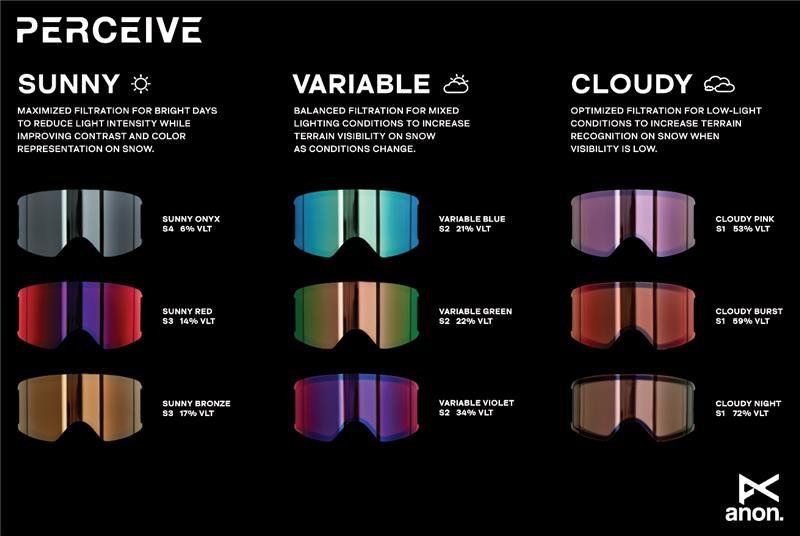
How is Lens Visible Light Transmission measured?
VLT is measured by testing the amount of light that can pass through a lens. The testing uses a photometer, which measures the intensity of visible light before or after it passes through a lens. Photometer testing is the same process used to test tints on everything from prescription eyeglasses to car windows, ultimately creating the varying VLT ranges and corresponding categories for on-snow use.
VLT for Sunny Conditions [5-20%]
Sunny Collection
- Perceive Sunny Onyx (6% / S4)
- Perceive Sunny Red (14% / S3)
- Perceive Sunny Bronze (17% / S3)
A low VLT rating is best for bright and sunny days because it will allow the least amount of light to be transmitted through the lens, which helps your eyes adjust quickly, increases visibility, and turns down the brightness on snow in terms of how you see the terrain. For example, the Perceive Sunny Onyx lens has a VLT rating of 6%, making it very dark and great for being up on a glacier or in bright bluebird conditions. In addition to the Sunny Onyx lens, you can also explore the Sunny Red and Sunny Bronze lens - Both in the S3 category with a VLT range of 14%-17%.
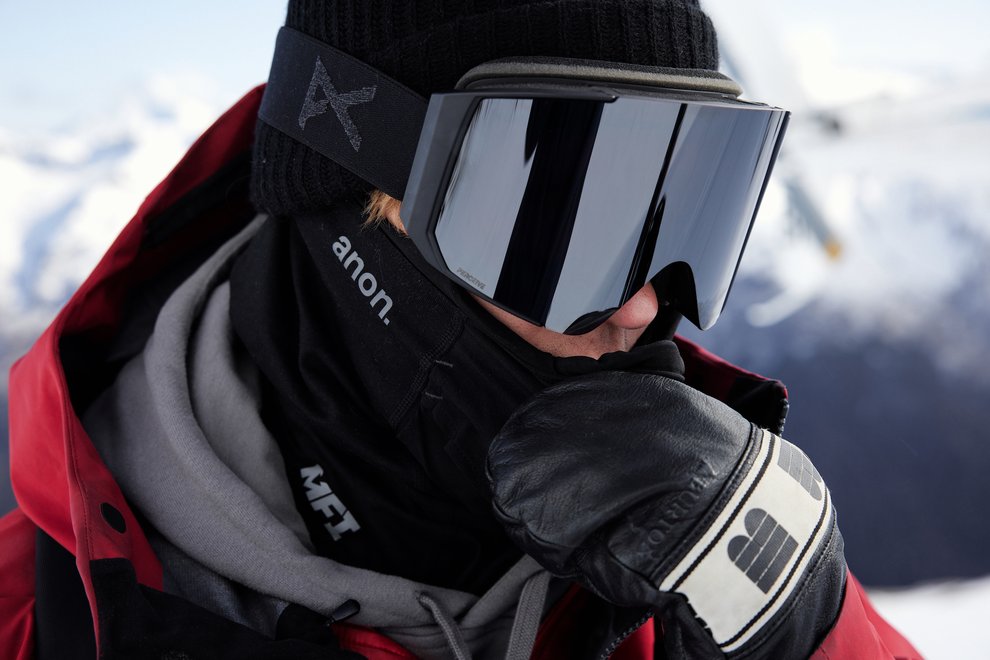
VLT for Variable Conditions [20-60%]
Variable Collection
- Perceive Variable Violet (34% / S2)
- Perceive Variable Green (22% / S2)
- PerceiveVariable Blue (21% / S2)
On days when there are passing clouds, snow in the forecast, or a storm predicted to clear up, you need goggles that aren’t too dark or too light. These conditions are when a mid-range VLT lens is the best choice to ensure you’ll be set for whatever the weather throws at you. Anon’s Perceive Variable collection has a Variable green, blue, and purple lens with a VLT range rating of 21%-34%, which is perfect for a partially cloudy day. On a day with extreme weather changes in the forecast, it’s never a bad idea to keep a backup lens in your bag or your pocket to swap out for a different VLT rating if the weather takes a drastic turn.
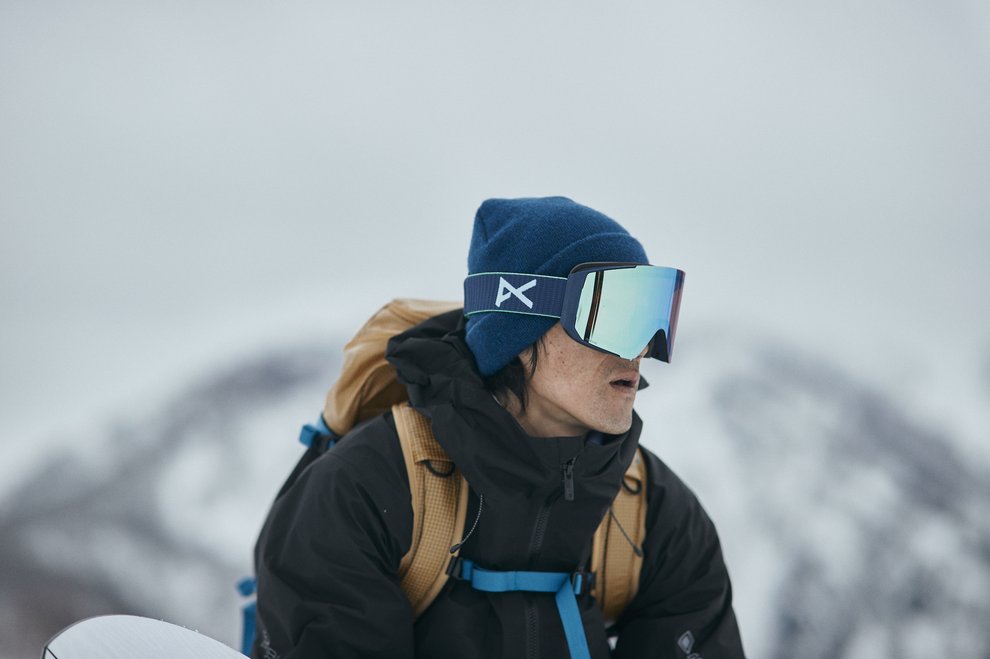
VLT for Low Conditions [60-90%]
Cloudy Collection
- Perceive Cloudy Pink (53% / S1)
- Perceive Cloudy Burst (59% / S1)
- Perceive Cloudy Night (72% / S1)
On gray days on the hill or late in the day, when the sun goes behind the mountain and the snow gets covered in shadows, it can be hard to see the bumps and ruts in the snow. A high VLT lens will help increase the visibility contrast in these low light conditions so you can ski and ride more confidently and not feel like the lens tint limits your vision. Anon’s Perceive Cloudy collection includes a Cloudy burst, pink, and night lens with VLT range from 53%-73%.
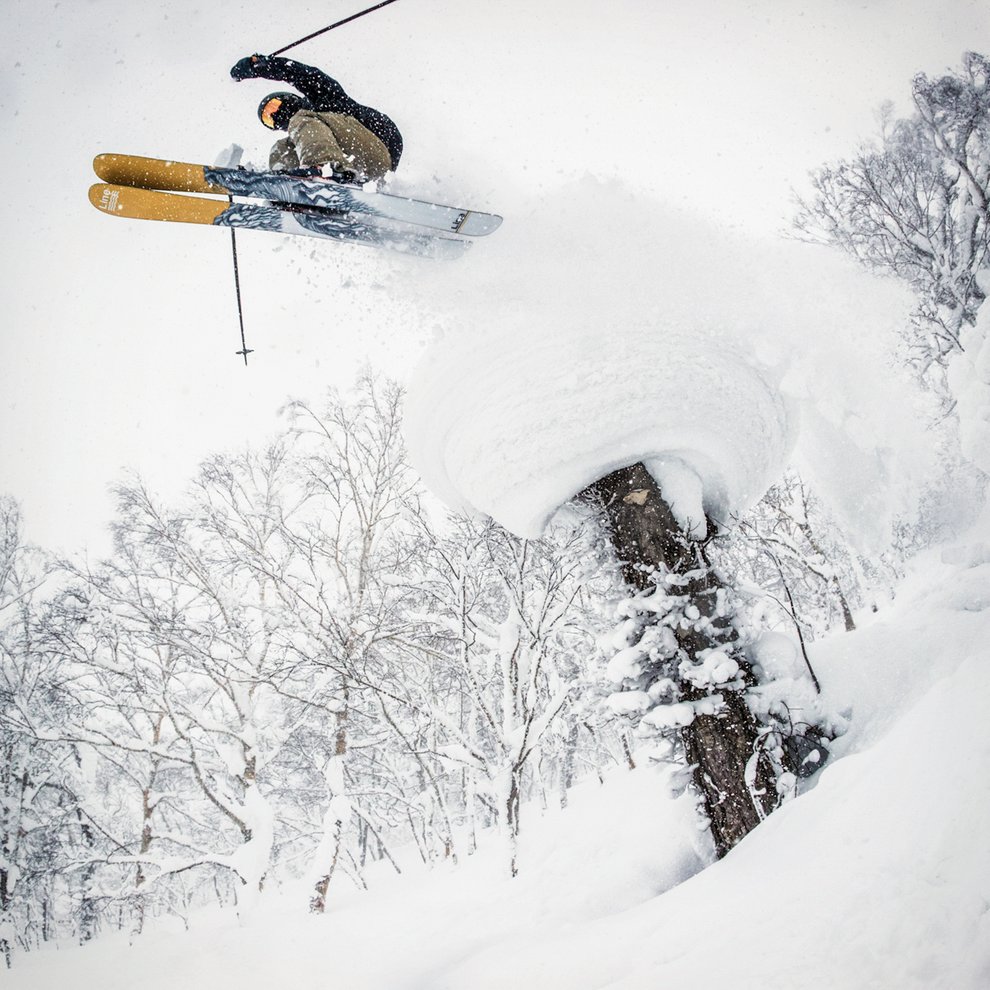
Polarized Lenses
Polarized lenses are also an option, for bright light days and an enhanced version of blocking out unwanted glare. These are typically grouped in the S4 category, indicating a low VLT percentage, and a dark lens tint, often referred to as the Onyx, Smoke, or Black color options.
Perceive Polarized Sunglass Lenses
Drawing from the success of our Perceive lens collection tailored for snowy conditions, these sunglasses deliver the same benefits, including high-grade optics, a hydrophobic lens coating and a polarized filter to combat glare for ample UV protection and unparalleled clarity.
With five different models to choose from,Anon's Sunglass Collection features Perceive Polarized Lens Technology, offering maximized light filtration to optimize vision in outdoor environments. By filtering light effectively, these lenses enhance contrast and enrich real-world color in any given weather condition. Each Anon sunglass including the Winderness, Opportunist, Advocate, Strategist and Promoter are apart of filter category S3, 14% VLT. This category and VLT percentage are best known for general outdoor use alongside ample protection from sun glare.
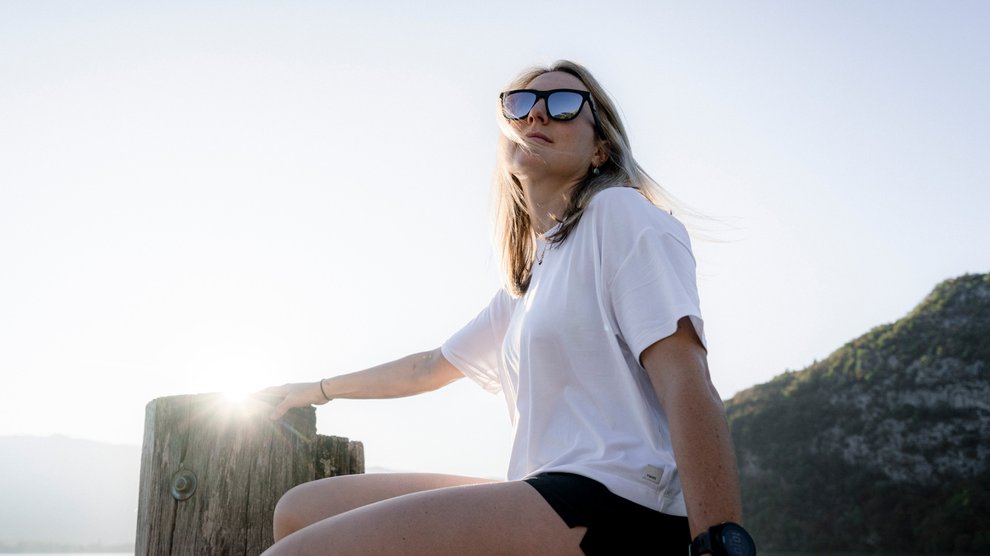
Tips From The Pros
All in all, it's a game-changer to understand VLT and why having different lens tints available to accommodate the changing conditions on the mountain is essential. It's best to have at least two lenses on hand to swap them out as needed.
With Anon goggles, you'll receive an installed lens that suits sunny or variable conditions and a bonus lens for cloudy days with the purchase of a Magna-Tech goggle. We also recommend keeping a spare lens readily available for anything that may come.
We hope this guide helped to answer all things related to VLT. If you have more questions regarding Perceive lenses, finding the right lens, or general questions about goggles, please get in touch with our Guides at (800) 881-3138.